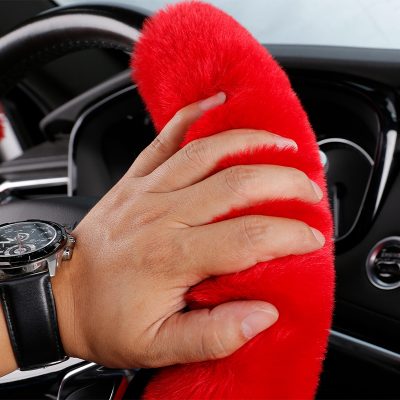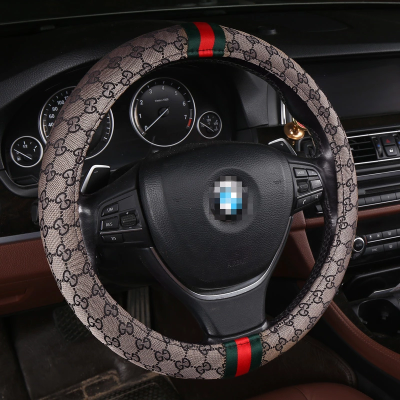1. Identify Your Vehicle’s Make, Model, and Year:
Before you begin your search for a custom car cover, gather accurate information about your vehicle’s make, model, and year. These details are crucial for finding a cover that fits perfectly.
2. Determine Your Protection Needs:
Consider the specific protection needs for your car. Do you need protection against rain, snow, UV rays, or a combination of these elements? Understanding your protection requirements will help you choose the right material for the cover.
3. Research Reputable Manufacturers:
Look for reputable manufacturers or brands that specialize in custom-fit car covers. Reading reviews and seeking recommendations from fellow car enthusiasts can help you identify reliable options.
4. Choose the Material:
Custom car covers are made from various materials, each with its advantages:
- Indoor Use: If you plan to store your car indoors, a soft, breathable fabric like cotton or microfiber is suitable. These materials prevent dust and dirt buildup and are gentle on your car’s finish.
- Outdoor Use: For outdoor protection, opt for weather-resistant materials like polyester or polypropylene with UV-resistant coatings. These materials provide robust protection against rain, snow, and sun.
- All-Weather Use: Some custom covers are designed for all-weather use and offer a balance between breathability and weather resistance. Look for multi-layered fabrics with superior durability.
5. Check for Additional Features:
Consider any additional features that may enhance the cover’s performance:
- Elastic Hems: Covers with elastic hems ensure a snug fit around your vehicle’s edges.
- Mirror and Antenna Pockets: Custom covers often come with pockets to accommodate side mirrors, antennas, and other protruding features.
- Locking Mechanism: Some covers include built-in locking systems to secure the cover in place and deter theft.
6. Verify Sizing and Fitment:
When choosing a custom cover, make sure it’s designed specifically for your vehicle’s make, model, and year. Double-check the sizing information provided by the manufacturer to ensure an exact fit.
7. Read Installation Instructions:
Carefully read the manufacturer’s installation instructions. Proper installation is crucial to ensuring the cover fits correctly and offers maximum protection.
8. Consider Custom Graphics or Embroidery (Optional):
If you want to add a personalized touch to your car cover, some manufacturers offer custom graphics, logos, or embroidery options. This can be a great way to showcase your car’s make or model.
9. Review Warranty and Return Policy:
Check the warranty and return policy offered by the manufacturer. A warranty can provide peace of mind in case of any defects or issues with the cover.
10. Budget Considerations:
Custom-fit car covers can vary significantly in price, so establish a budget beforehand. While quality should be a priority, there are options available at various price points.
By following these steps and carefully considering your vehicle’s needs and your preferences, you can choose the perfect fit custom car cover that not only provides excellent protection but also enhances the overall look and preservation of your vehicle.






















